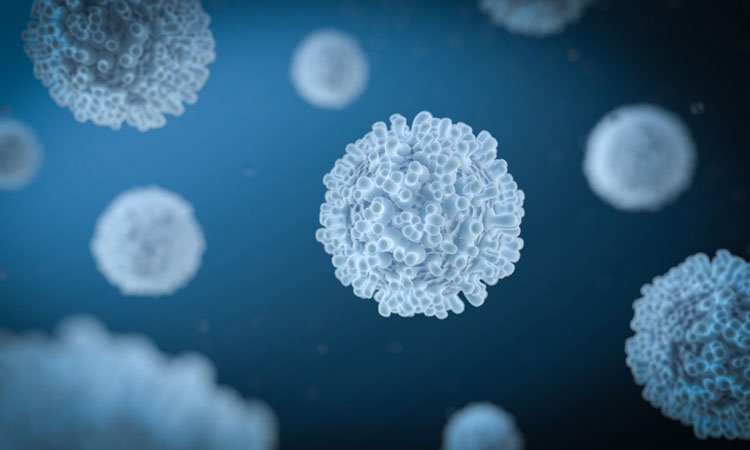Phospholipid reactive T-cells could play a role in cancer
Posted: 7 December 2018 | Drug Target Review | No comments yet
Phospholipid-reactive T-cells that are able to recognise phospholipids could help in treatments against cancer, autoimmune diseases and dyslipidemia…


Researchers from the UCLA Jonsson Comprehensive Cancer Center and the La Jolla Institute for Immunology have identified a type of T-cell called a phospholipid-reactive T-cell that is able to recognise phospholipids, the molecules that help form cells’ outer membranes.
The scientists also discovered that phospholipids compete with glycolipids, another type of molecule that helps form cells’ outer membranes, in a way that prevents glycolipids from readily reaching the surface of a cell.
Cell membranes are primarily made up of two types of lipids – phospholipids and glycolipids. Inside cells, these lipids bind to a molecule called CD1d that transports them to the surface. Once there, phospholipids stimulate phospholipid-reactive T-cells, and glycolipids stimulate a different type of T-cell called iNKTs.
On their way to the cell’s surface, phospholipids more easily attach themselves to CD1d molecules, making it more difficult for glycolipids to attach to CD1d. Because of this, it is harder for glycolipids to make it to the surface of the cell. This means that iNKTs cannot be as easily stimulated by glycolipids.
Scientists believe iNKT-cells are necessary because they appear to protect cells against the progression of certain cancers and autoimmune diseases. However, iNKT-cells are extremely active and can cause alcoholic hepatitis or other types of liver diseases if they are overstimulated. The phospholipid’s ability to more easily bind to CD1d molecules than glycolipids keeps a balance between the two cell types and maintains homeostasis in the immune system.
To identify the T-cells that react with phospholipids, the scientists first utilised isoelectric focusing gel electrophoresis and crystallography to demonstrate the chemical and physical binding of phospholipids to CD1d. They then loaded CD1d tetramers (groupings of four CD1d molecules) with phospholipids and used flow cytometry that detected the T-cells that recognise the tetramers.
The scientists found that phospholipid-reactive T-cells are rare – they accounted for only 0.3 percent to 1.8 percent of lymphocytes in animals’ liver, spleen and bone marrow. They then used crystal structure, flow cytometry and cell cultures to show that phospholipids readily occupied the CD1d groove and outcompeted glycolipids
Phospholipid-reactive T-cells need to be further studied so that scientists can understand their function in people with alcoholic hepatitis, dyslipidemia, cancer and autoimmune diseases. If future research identifies changes in how lipid behavior influences these diseases, scientists might be able to stimulate or inhibit phospholipid-reactive T-cells to treat some of those conditions.
Related topics
Cell culture, Disease research, Drug Targets, Flow Cytometry, Research & Development, t-cells, Therapeutics
Related conditions
alcoholic hepatitis, autoimmune disease, Cancer, dyslipidemia
Related organisations
La Jolla Institute for Immunology, UCLA Jonsson Comprehensive Cancer Center



